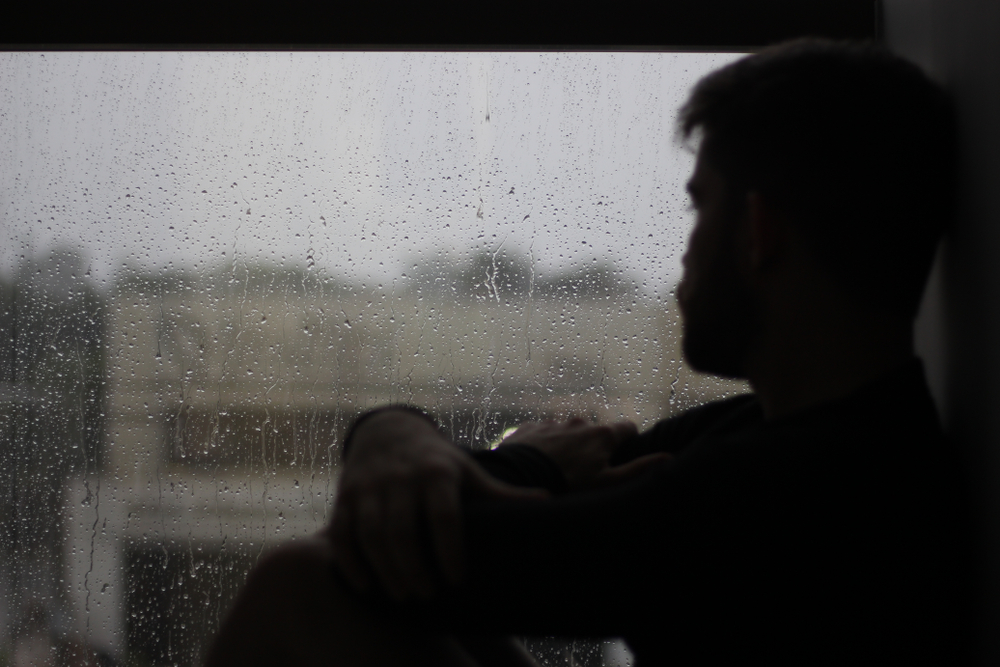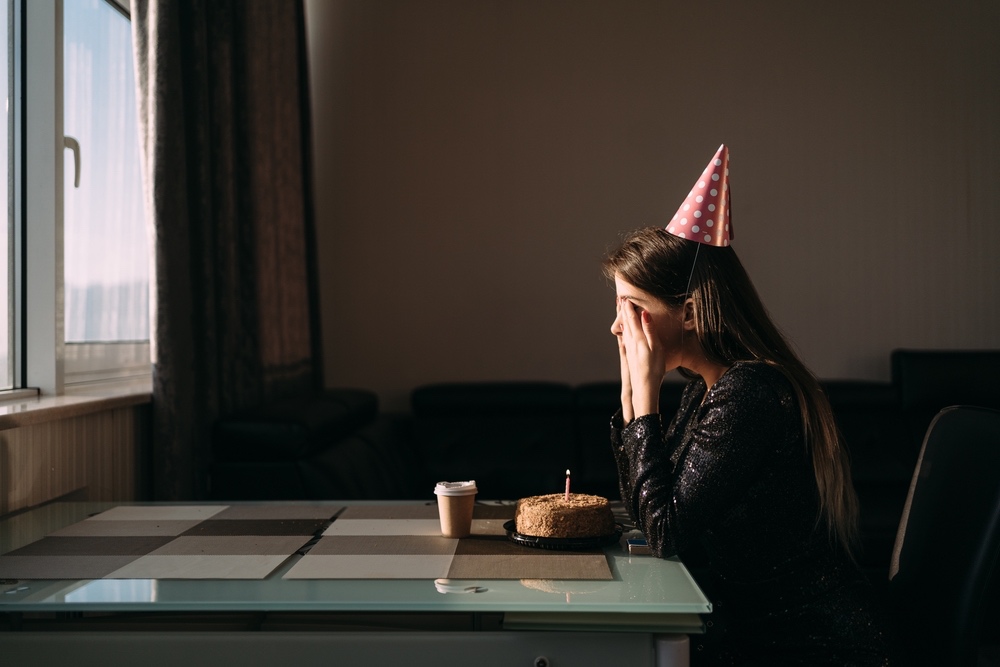EXPLAINER: What is seasonal affective disorder and what are the best ways to manage it?
When Matthieu started weeping, we were sitting on the grass on the Champ de Mars, the brownish façade of the Eiffel Tower in full view. It was chilly, and I put my arms around him, his wool coat brushing against my nylon puff. He said it was too cold, he wanted to return to the apartment, he was hungry, he wanted madeleines, blubbering while crying. Not long after that day, after appointments with a psychologist and a psychiatrist, Matthieu was diagnosed with seasonal affective disorder (SAD).
Matthieu was 37 years old, and he told me how every winter, he would go into near hysterics exactly to the day it turned one degree outside. He would lock himself in his apartment and frequently called into work sick. We had been friends for less than a year; I had no idea he had any kind of depression. But we worked through it, mainly with a light box, which is designed to give therapeutic doses of bright light to treat the symptoms of SAD. By the middle of spring, he was back in top form.
Seasonal affective disorder: What it is and when it happens
SAD is a type of depression that typically occurs during the winter months in the Western hemisphere, where the weather turns, for some, unbearably cold and the nighttime seems to outpace the daytime. According to Dr. Julian Montano, RPsy, RGC, and Clinical Director and Psychological Services Unit Head of In Touch Community Services, "SAD is a type of depression that is with a seasonal pattern. If you look at our manual of diagnosis, the DSM-V, it's written there that it's a type of depression that is with seasonal patterns."
"SAD is not so much about the temperature [outside] but about the length of sunlight available. In winter, there's less sunlight, and that's one of the main causes of seasonal affective disorder," he added.
Although the cold weather is a factor, "it's really about how the body's circadian rhythm and is affected because there's less sunlight." Dr. Montano, as a psychologist and not a psychiatrist, does not prescribe medication, but says, "In terms of biochemical imbalance, what is affected in SAD are the serotonin and melatonin."
Montano says that SAD occurs in the Philippines most commonly during the stormy months, or tag-ulan. "SAD also happens here in the Philippines mainly during the rainy season. There's less sunlight, it's gloomier, it's dark. And then when the dry season comes, there's more sunlight. Usually, the temperature is almost the same, but it's the sunlight that is less."

The symptoms of SAD are similar to typical depression, such as feeling sad, having low energy, and having less interest in the things that you used to do. "One difference between regular depression and SAD that I've seen is the changes in appetite are usually from a craving for carbohydrates, like sweet food. In typical depression, it could either go way, it could be a loss of appetite or too much appetite. But with SAD, it seems that it is an increase in carbohydrates and, therefore, weight gain," Montano tells PhilSTAR L!fe.
Montano also says SAD can quickly spiral if not taken hold of. "Your sleeping pattern becomes interrupted. You don't sleep well, or you sleep too much. That's a start already. And obviously, the weather is gloomy. You don't want to go out because it's cold. So then it increases your withdrawal, your isolation."
My friend in Paris' type of SAD was the more typical kind, as we found out, but there are other types Montano mentions. "In our diagnostic manual, it's written that SAD comes with seasonal patterns and usually our thoughts are, we don't have [those four] seasons here. In that case, it may be connected to a certain occasion," he explains.
"Sometimes, it's connected to the season, but many people, for example, are sad when Christmas comes. Maybe it's related to an experience of theirs [from earlier in life]. It can be related to trauma. So, it can also be that it is seasonal in the sense that there's a pattern. And therefore, for example, if your trauma happened when it was your birthday, when your birthday comes, you go back to that mode of depression. These are the less common types of SAD," Montano continues.

How to deal with SAD
There are many ways to remedy SAD recommended by Montano and In Touch:
- If it's talk therapy, we use cognitive behavioral therapy and other approaches. We also work on the person's belief system.
- What we would suggest [first] would be more exercise. That also brings you out of your room because there's that isolation symptom of SAD.
- We would include addressing sleeping patterns and mood stabilization. Sometimes, you want to sleep more–just wake up. Also, during the weekends, keep the same schedule.
- Reach out to your family and friends.
- Eat healthy, which means eating more whole food, vegetables, fruits, fish, and refrain from eating processed food, like fast food.
- Light therapy. We would introduce meditation and activities that also encourage exposure to sunlight while walking outside in nature.
Although Montano did not suggest using a light box, it worked for Matthieu in Paris, so it's also included in this article. If you plan to go to a psychiatrist, Montano agrees that a psychiatrist will likely prescribe an SSRI or Selective Serotonin Reuptake Inhibitor.
Montano adds that in the Philippines, typical predictors of depression include being less educated, living in urban areas, and having marital problems. But that's for another article. In the meantime, watch out for symptoms of SAD during the rainy season.


